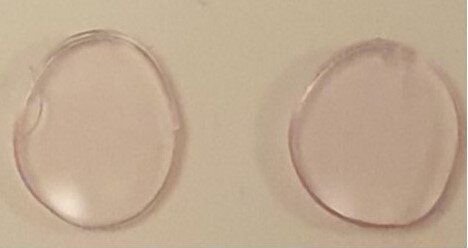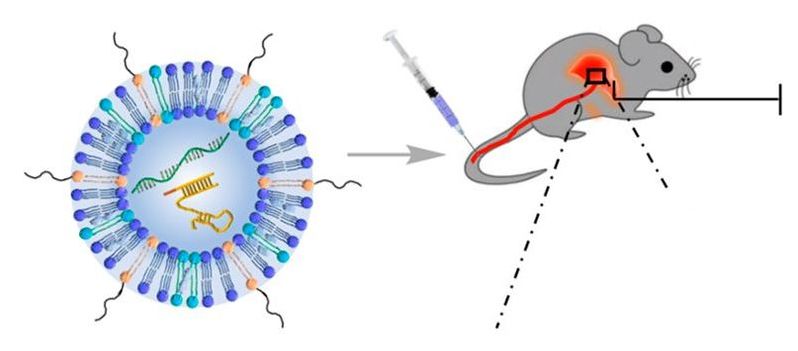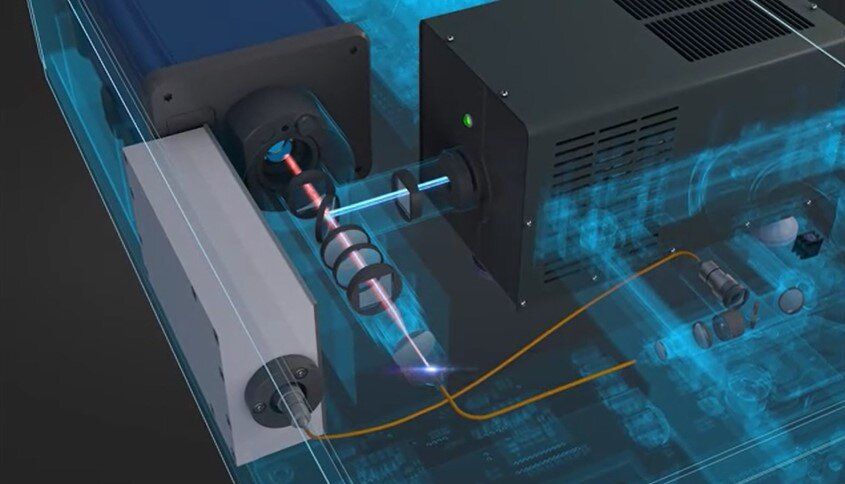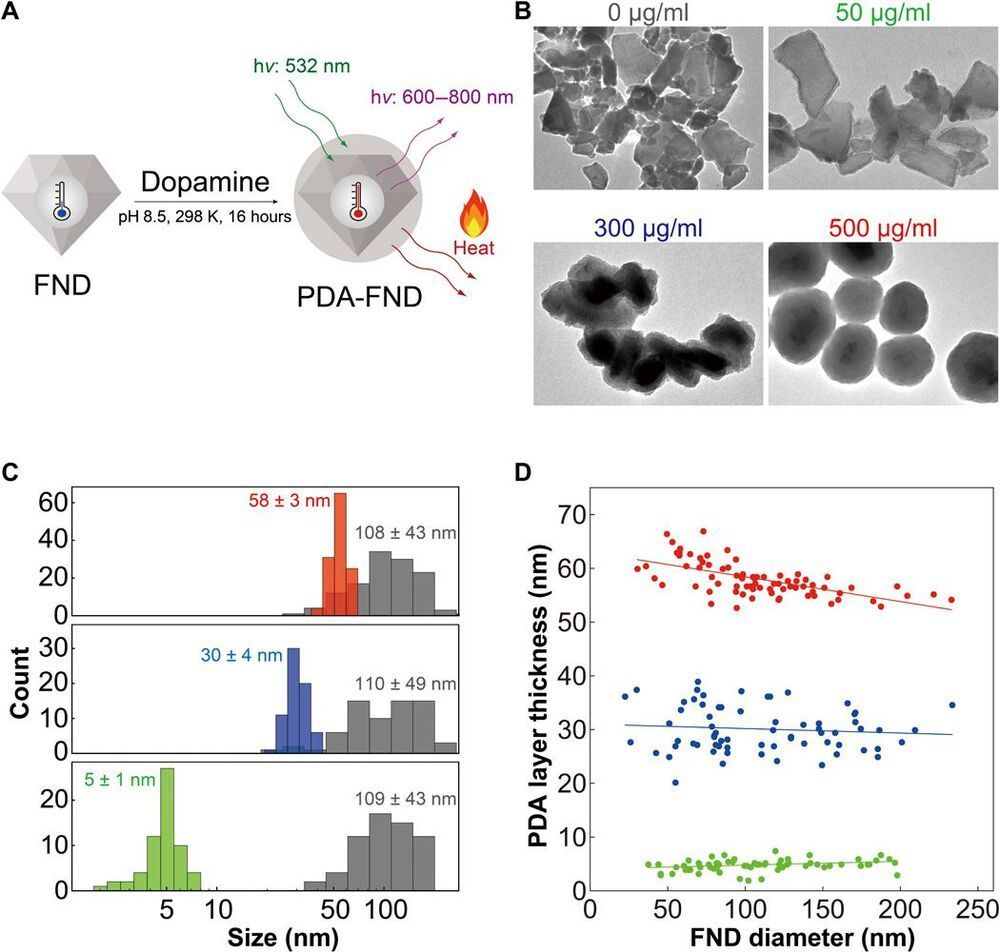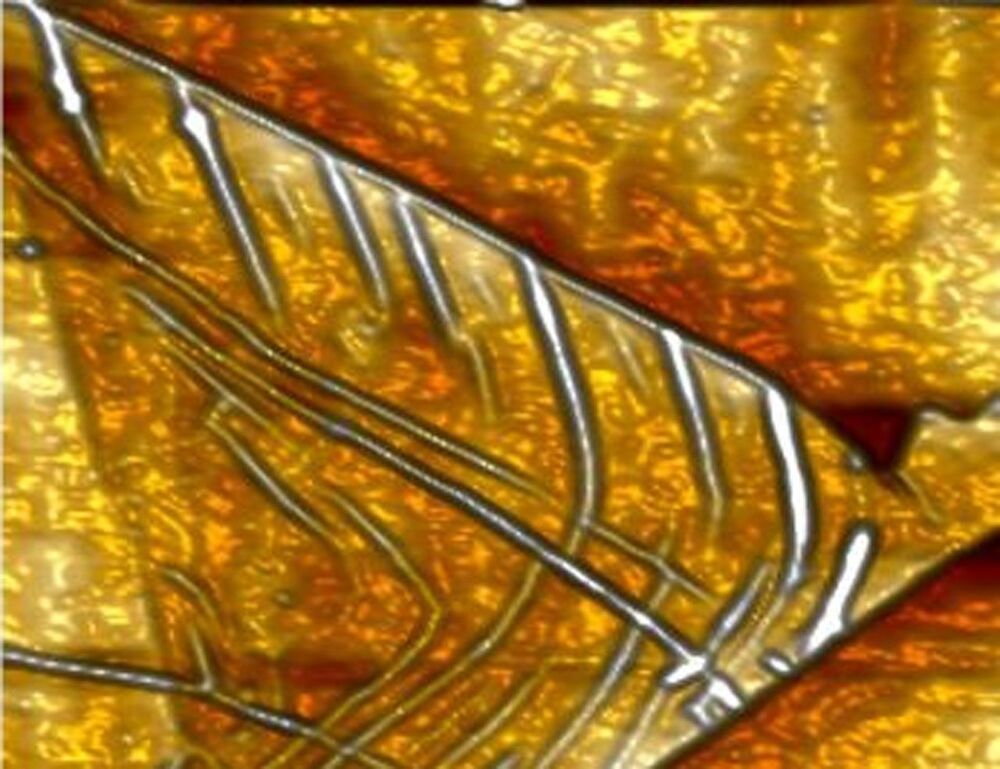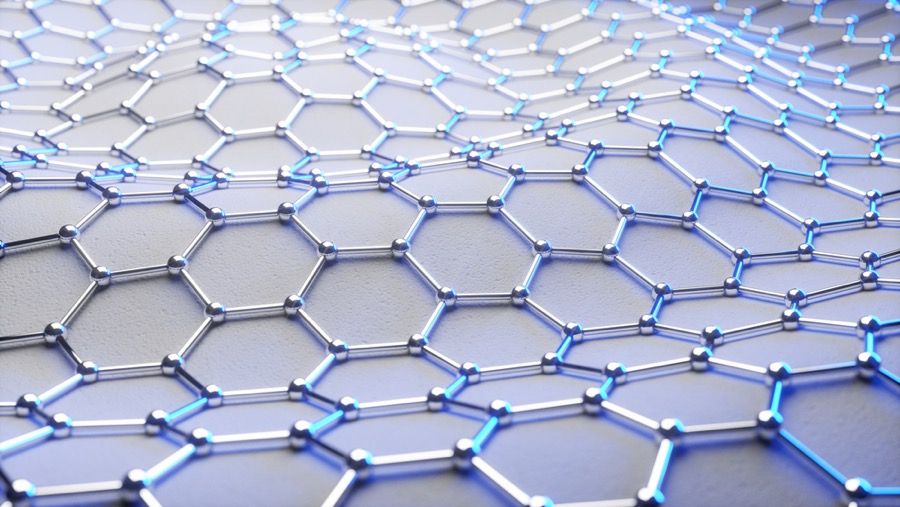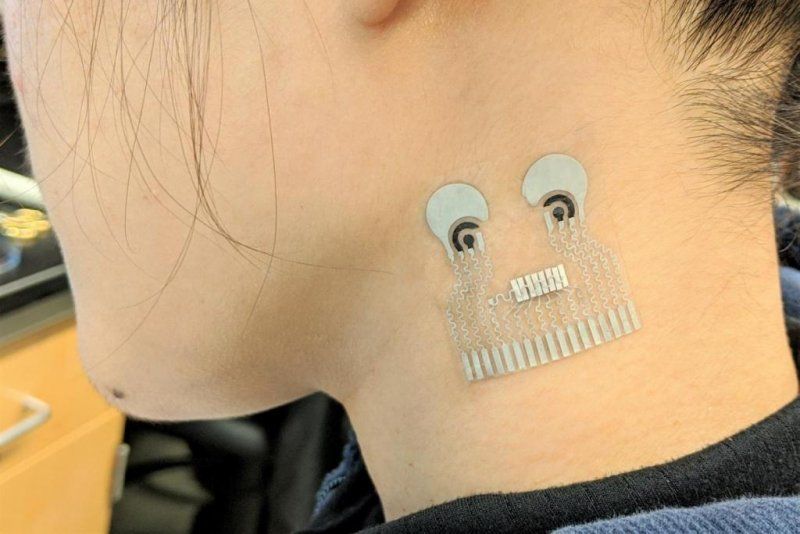Mar 7, 2021
Radiative Cooling and Solar Heating From One System – No Electricity Needed
Posted by Genevieve Klien in categories: materials, nanotechnology
Study describes passive cooling system that aims to help impoverished communities, reduce cooling and heating costs, lower CO2 emissions.
Passive cooling, like the shade a tree provides, has been around forever.
Recently, researchers have been exploring how to turbo charge a passive cooling technique — known as radiative or sky cooling — with sun-blocking, nanomaterials that emit heat away from building rooftops. While progress has been made, this eco-friendly technology isn’t commonplace because researchers have struggled to maximize the materials’ cooling capabilities.


